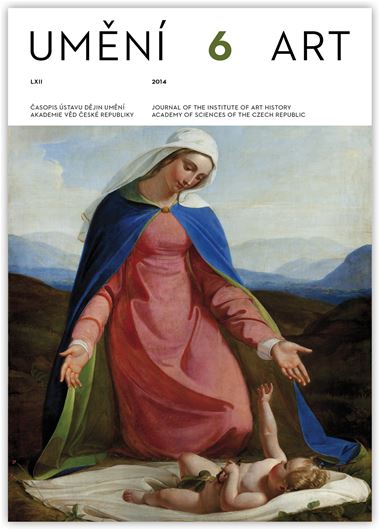Tomáš Murár
‘The Entertainment of His Most Excellent Majestie Charles II’: Royalty Representation and its Visualization in a Festival Book by John Ogilby and Wenceslaus Hollar
This article is focused on mediality and the representation of a historical event through artistic instruments and tactics in art form. The record the article examines is the official festival book devoted to the processions and coronation of King Charles II of England, created by John Ogilby (1600–1676), accompanied by a description of the coronation by Elias Ashmole (1617–1692) and prints by Wenceslaus Hollar (1600–1677), and published in 1662. In 1660 Charles II reclaimed the English throne, lost by his father Charles I in 1648. After three civil wars and the unexpected death of Oliver Cromwell, Parliament decided that to preserve peace and order in England the best thing to do would be to recall the king from his exile in the Netherlands. Charles II became one of only a few rulers in early modern history to have his power and future reign taken from him in a bloody revolution and then have it returned to him. An important element of his triumphal return were the celebrations of his coronation on 22 and 23 April 1661 in London. A royal celebration can be regarded as a ‘representative spectacle’, an instrument for making a mass impression on the people and thereby demonstrating the power of a monarch over the land and in politics. This article also looks at the issue of artistic mediality and how a work of art can be interpreted by comparing it to the event it mediates and by comparing different artistic representations of an event, for instance by comparing text and image. The author draws on the theories of Louis Marin and Ernst Kantorowicz and the thoughts of Guy Debord. Their writings offer inspiration for a particular interpretation of the festival book, wherein the festival itself is secondary while the key function of the festival, representation through the spectacle of power and the representation of that spectacle in art form, is assumed by the festival book. The event becomes merely the basis for fulfilling the primarily purpose of the coronation, which is its representation in text and image. nd part a depiction of the world as God’s creation.
Full-text in the Digital Library of the Czech Academy of Sciences:
https://kramerius.lib.cas.cz/uuid/uuid:ced1ea65-488b-4468-93a0-dee0f2e31901
< back

